Premium Only Content
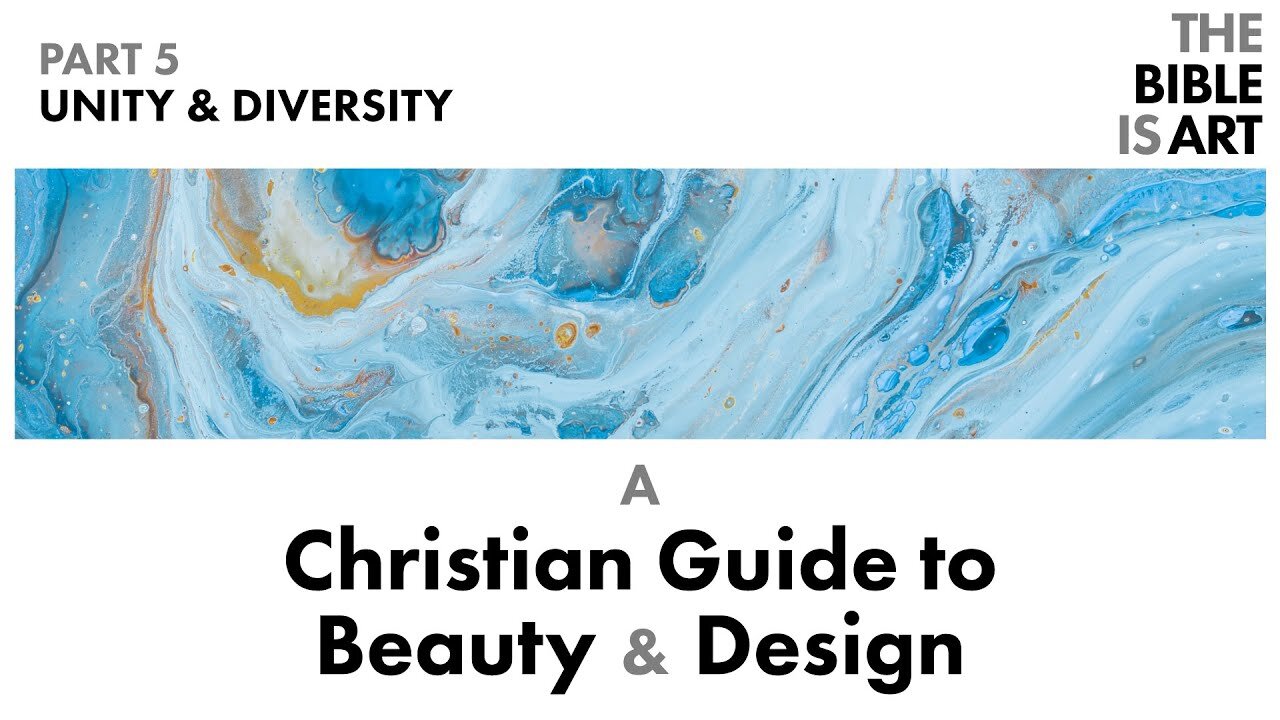
Unity & Diversity | A Christian Guide to Beauty and Design | Part 5
In the 5th part of the series we look at the two most fundamental aesthetic properties: unity and diversity. And we see their theological and philosophical connections.
Support the Channel: https://www.patreon.com/thebibleisart
Website: https://www.thebibleisart.com
Email: [email protected]
Twitter: @johnbhiggins
| Transcription |
Unity and diversity are the most fundamental aesthetic properties. That is for a work to be beautiful or well designed it must have both unity and diversity.
In this video I want to talk about why this is and provide some evidence.
In most of the arts, you begin with unity. If you’re designing a brochure you will open up a new document in InDesign or Illustrator and you will immediately have a work of unity, a blank page, defined by 1 color and a few sides. In music you begin with blank ledger lines, completely unified. The work of art is, of course, boring and doesn’t do and communicate what you want it to do so your next act is an act of diversification. You add a shape, an image, a note. And then another and another. But as you keep adding elements you cannot add them indiscriminately, without thought to the other things you have already added. Each new element must retain and contribute to the unity of the whole.
As I mentioned in a previous video, one of the questions I use when evaluating a piece of design that comes across my desk that doesn’t feel right is, is the work is boring or confusing. If it’s boring, that means there is not enough diversity, enough elements to keep my attention, keep my eyes interested and moving around the work. If it’s confusing, that means there is not enough unity, coherence, the elements are not harmonious enough to be one thing, but compete for attention.
We have developed ways to ensure that unity is maintained. For instance, in music there is a key signature and the time signature. These maintain a consistent, a unified harmonic tone and rhythm.
In graphic design, brands and companies have style guides. A style guide will ensure unity so that the company communicates in a consistent tone. It will indicate the type faces, the colors, patterns, and use cases for the logo and imagery.
And problems arise when you abandon unity or diversity. In architecture the rules of unity are regularly abandoned. A famous architecture firm will be brought in for an urban building and ignore the aesthetic of the city in favor of their aesthetic predilection. But if you would transpose this architectural situation into a graphic design or branding situation it would never be allowed.
So the whole process of creation is working with and balancing unity and diversity. And the necessity of both was accepted throughout most of artistic history. Interestingly, the modern period saw forms of art that erred on both extremes. We have seen innumerable works that are boring and confusing.
Now aesthetic properties are instinctual; we naturally have them just like our moral and mathematical sense. This can, of course, be developed and trained so that you become more aesthetically astute and aware or they can be deformed so that you become less aesthetically sensitive, less able to know and appreciate when something is beautiful and well designed. Just like you can develop in your moral and mathematical understanding or you can deteriorate, become less able to distinguish between good and evil, wise and foolish, less able to understand mathematical structures. But there is a kernel that we have been created with, that all of us have.
And this trans-cultural aesthetic sense can be seen in our most common and natural reactions and vocabulary that we use when we see different works. A lot of our language can be neatly split into words of unity and words of diversity.
For instance if something does not have unity we will say that it is confusing or chaotic or it’s hard to understand or weird. These are all words that are fundamentally about lack of unity. So also if we say that something is boring, mundane, easy, simple, we are communicating that lacks diversity.
But why are unity and diversity fundamental? Unity and diversity are fundamental aesthetic properties because they are fundamental theological properties.
And it’s fascinating that these fundamental aesthetic properties were the fundamental theological properties at the beginning of the church. One of the most striking historical confluences is that the question of unity and diversity was one of the first questions in both philosophy and theology. The philosophical name for this is the question or problem of the one and the many.
In philosophy, the pre-socratic philosophers puzzled over whether everything was fundamentally one thing, unity, or many things, diversity. This is because we observe both diverse things and unified things and that naturally leads to the question as to whether one or the other is fundamental.
-
 13:00
13:00
thebibleisart
3 years agoHierarchy | A Christian Guide to Beauty and Design | Part 6
66 -
 4:00
4:00
thebibleisart
3 years agoIntroduction | A Christian Guide to Beauty and Design | Part 1
114 -
 11:08
11:08
thebibleisart
3 years agoForm | A Christian Guide to Beauty and Design | Part 7
246 -
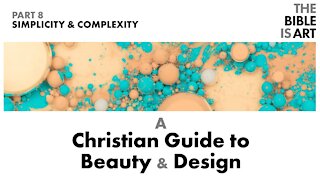 14:26
14:26
thebibleisart
3 years agoSimplicity and Complexity | A Christian Guide to Beauty and Design | Part 8
73 -
 7:14
7:14
thebibleisart
3 years ago $0.01 earnedThe Objectivity of Beauty | A Christian Guide to Beauty and Design | Part 2
168 -
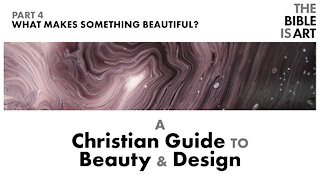 10:40
10:40
thebibleisart
3 years agoWhat Makes Something Beautiful? | A Christian Guide to Beauty and Design | Part 4
144 -
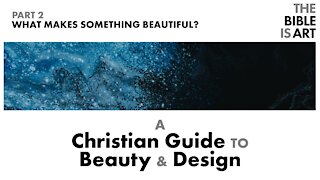 9:24
9:24
thebibleisart
3 years agoWhat Makes Something Beautiful? | A Christian Guide to Beauty and Design | Part 3
102 -
 1:00
1:00
TACPness
3 years agoUnity Environmental Design - Oasis
65 -
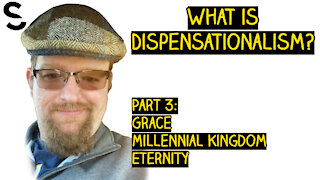 54:38
54:38
The Church Split
4 years ago $0.01 earnedUnity in Diversity: What is Dispensationalism - Part 3
48 -
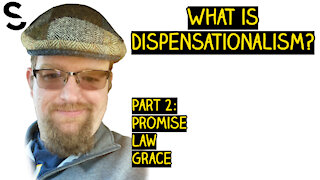 47:41
47:41
The Church Split
4 years agoUnity in Diversity: What is Dispensationalism - Part 2
23